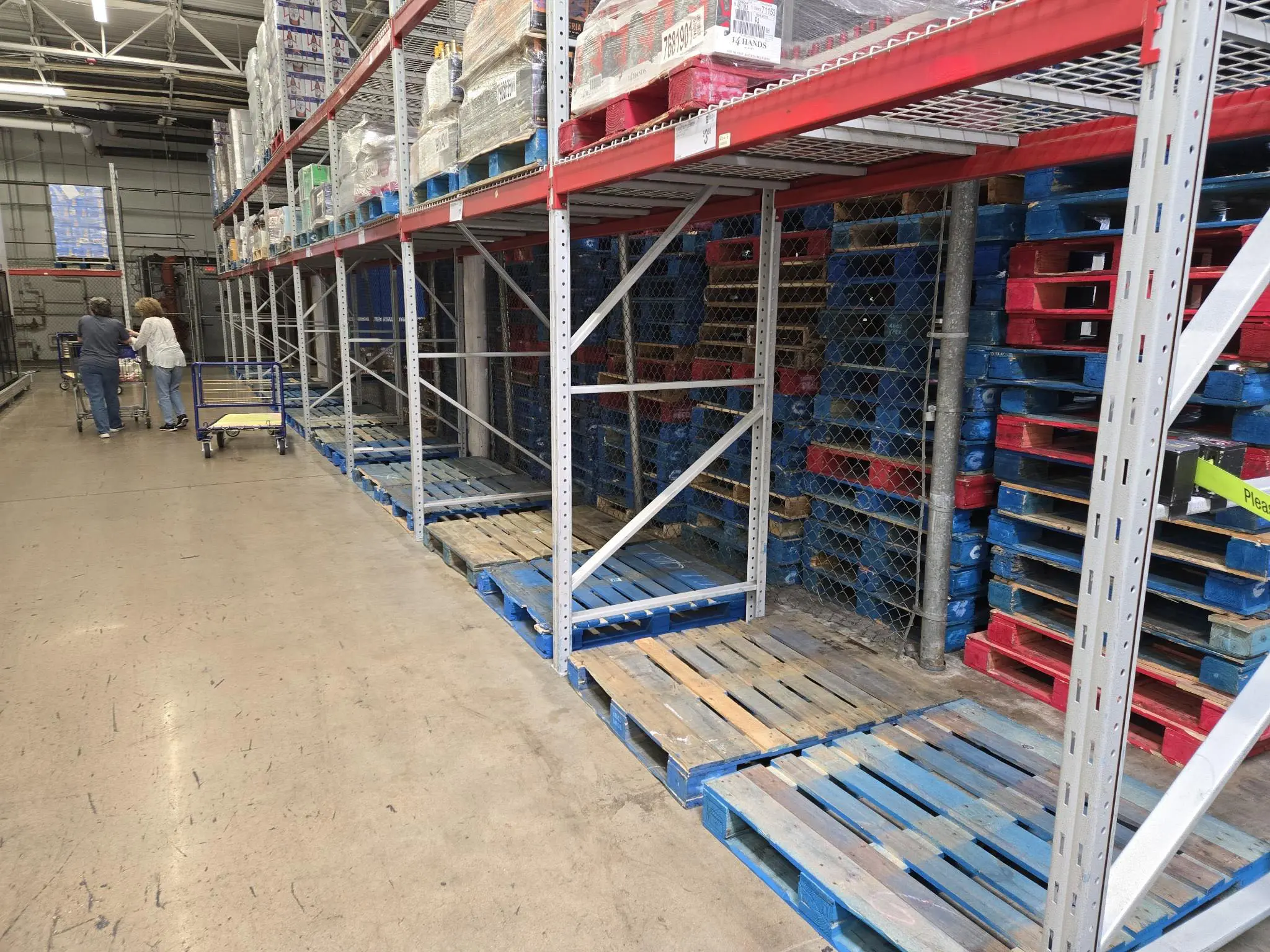On Tuesday when 45,000 East Coast and Gulf Coast port workers struck for a strike, supply chain disruptions and shortfalls were beginning to hit the nation As consumer sentiment heightened over the strike, companies were quick to react.
Stronger Demand Despite Complex Effect
Wednesday, at a Costco in Arlington, Virginia, shelves filled with paper towels and toilet paper were lower than usual but still packed. In Los Angeles, for example, a Costco employee noticed an increase in toilet paper sales, but nothing compared to the panic-shopping of the early days of COVID-19. However, despite consumer fears, scientists have warned that the goods most vulnerable to the strike are not such things as toilet paper, but bananas, alcohol, seafood, electronics, pharmaceuticals, automobiles and spare parts of machines.
As analysts note, roughly 50 percent of the United States ocean imports transit the East Coast and Gulf Coast ports and strikes might force increased prices and delay supply chain in such products.
COVID-19’s Different Economic Impact.
Unlike the pandemic-generated shortages, the potential scarcity of the port strike is the result of a different set of circumstances. The strike also has a bearing on imported goods into the United States, but is not a lockdown, as COVID-19 lockdowns were, said Josh Stillwagon, an associate professor and chair of the economics department at Babson College.‘It’s more imports and exports are prevented especially from going in East and Gulf Coast ports,’ Stillwagon told me.
Consumers may not experience similar cuts in everyday products, but the economic impacts of the strike might nonetheless be significant. According to some economists, the port strike may affect the U.S economy at a rate of up to $5 billion a day as imports and exports slow. It’s the International Longshoremen’s Association (ILA)’s first strike since 1977, and has reached 36 major East and Gulf Coast ports.
Federal Reaction and Future Economic Outlook
But, amid consumer worries, Biden administration officials have tried to keep things as calm as possible, saying that impacts in such critical supply areas as fuel, food and medicine will be “small.” A senior administration official told USA Today they were attempting to keep interruptions to critical supplies at bay.
But still, the strike raises the question of how prolonged disruption will be and what its impact on the economy might be. But consumers such as Turbovsky are acting cautiously right now and prefer to keep supplies on hand in case the strike stretches on.
The strike is ongoing, and consumers and businesses alike are waiting for interruptions to imports and price hikes. It’s only going to affect mundane necessities such as toilet paper, but a scarcity mentality (driven by memories of the pandemic) has already been seen on shopping. As economists predict significant economic losses, who knows how long the US can fend off the tyranny at its strategic ports?
References:

